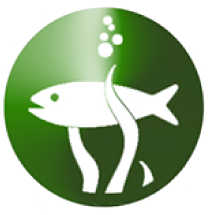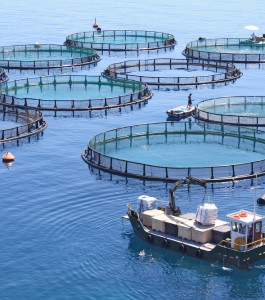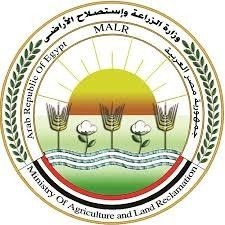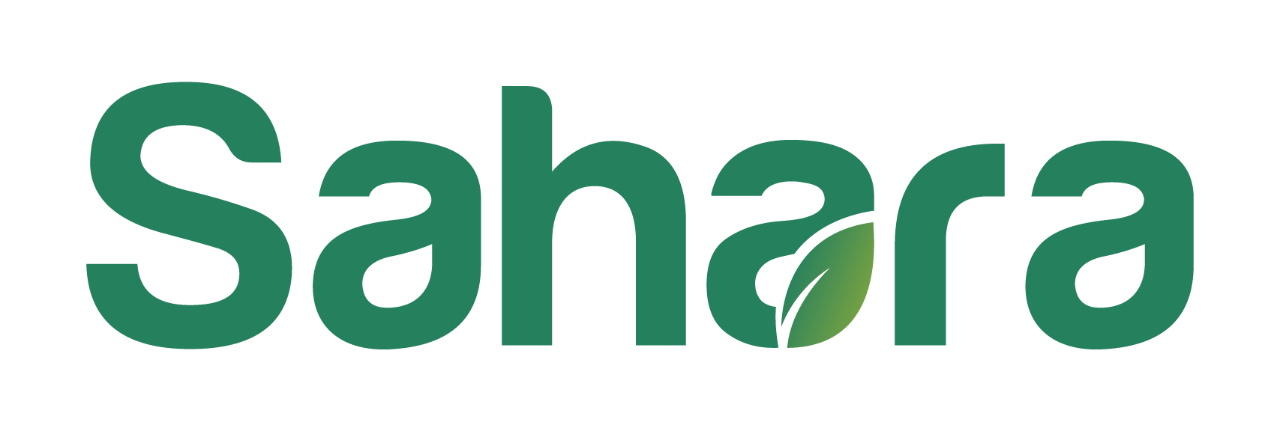Aquaculture
Aquaculture is considered to be the only possible solution to increase fish production in Egypt. In its development strategy, the Ministry of Agriculture and Land Reclamation, plans to increase Egypt's total fish production to 1.5 million tonnes by 2017 and is targeting a harvest of 1 million tonnes from aquaculture. The sector is growing at levels exceeding those targeted in the plan. This expected increase, alongside the planned development in poultry production, will hopefully assist in improving the per capita consumption of animal protein. Aquaculture also creates employment opportunities for a large number of unemployed graduates.

Market and trade

At the retail level, aquaculture products are sold alongside wild caught products. Farmed fish are considered to be inferior in quality by most consumers although they are usually unable to differentiate between farmed and wild caught fish of the same species. There are currently no regulations requiring the origin of fish to be identified by the retailers and whether they are farmed or captured fish.
The marketing system for fish is simple but efficient. The market is controlled by a limited number of large wholesalers who determine the market price mainly in response to supplies and demand. Farmers are free to sell their products either through wholesalers or directly to retailers. In all major cities there is usually an official wholesale vegetable and fruit market where producers can bring their product. Here fish are auctioned daily.
Farmers also have agreements with wholesalers who purchase their harvest directly from the farm site. Agreements are usually informal and in many cases the wholesaler finances the production operations and receives the harvested fish at a price agreed in advance.
Aquaculture products tend to be consumed in the domestic market as Egypt is not yet self sufficient in fish (about 135 520 tonnes are imported IN 2009 to ensure an annual per capita consumption of 15.89 kg).

Trends, issues and development
Aquaculture has witnessed rapid growth during the second half of the 1990s particularly with the introduction and increase application of intensive pond aquaculture technologies. By 1999 the number of fish farms utilising intensive pond techniques increased to 68 farms with a total area of 1088 hectares. Such expansion has created an increase demand for juveniles (especially mono sex tilapia), pelleted feed (both extruded and expanded) and skilled technicians. As a result, within less than six years, the number of fish hatcheries increased from 28 freshwater fish hatcheries to over 350 hatcheries in 2009, most of them not registered. Privately operated hatcheries produce mainly all male tilapia and silver carp. Similarly, the number of feed mills has increased from only two to more than 14 within the same period producing also floating feed pellets.



